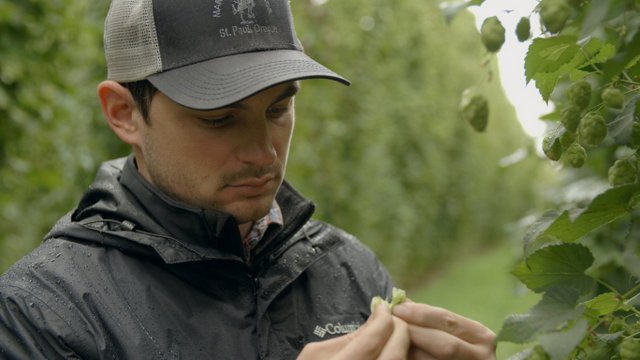
Hop harvest season is now past us. Sad. It’s like beer Christmas for pros. Those who actually get to attend the harvest, sift through hops, inspect facilities, brew with fresh cones and always drink a few beers along the way. For those of us who did not get to attend the 2019 hop harvest in the Pacific Northwest (where the majority of American hops are grown), how was this year’s harvest?
Well, we already ran an earlier report that 2019 can be called a “good to very good year with decent returns on both oil and alpha.” There were challenges, of course. A cool and wet early spring proved tough for many baby hop crops, and rain reappeared at the end of the harvest. Yet, a lot of farmers and merchants from the Pacific Northwest seem excited about the 2019 crop. Crosby Hop Farm in Woodburn, Ore., noted 2019 was its biggest production year ever, and the farm traces its history back to 1900.
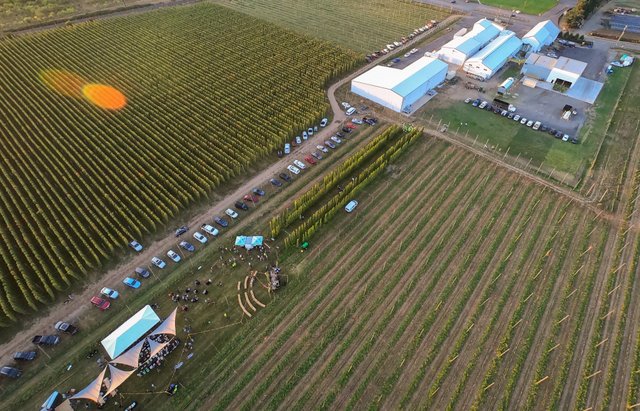
Blake Crosby, president and CEO of Crosby Hop Farm, just posted an update on the 2019 harvest, noting “the overall growing season was favorable in the Willamette Valley, although a bit unique. The moderate temperatures were a welcome change over the last several years of hotter weather. This season’s conditions paired with timely moderate precipitation helped cone development and sizing, density, quality and overall plant growth, which contributed to increased yields.”
We should note that Crosby Hop Farm supplies hop products to some of the most famous craft breweries in America. We will also note that Crosby Hop Farm is a Certified B Corporation that was also named a 2019 Best for the World: Changemaker for how it balances business with principals — how it treats its workers, customers, suppliers, community and the environment.
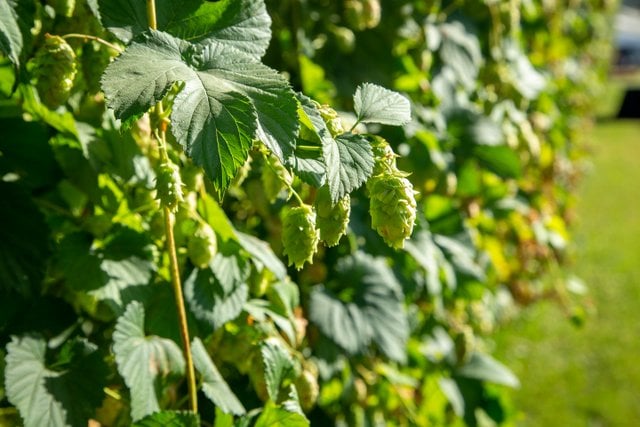
Now, let’s get to those highlights, which are broken down by variety. From Blake’s post:
- Centennial yields were at the high end of their five-year average with above average alpha and total oils. This season, Centennial performed well on the selection table and brewers were especially pleased with this year’s bounty.
- Nugget yields were above average despite some increased powdery mildew pressure. Nugget alphas broke our previous farm record, which was advantageous given it is typically sold on an alpha basis in the current marketplace.
- Strata, our darling from Indie Hops and the OSU breeding program, did remarkably well for its first production year. This variety continues to be a bright spot for the future of Oregon hops.
- Amarillo. Many brewers from around the world remain impressed with our estate-grown Amarillo and the character it presented for crop 2019 did not disappoint. Yields were strong along with the consistency of this variety. The first ever Oregon Amarillo planting at Horseshoe Lake (my grandfather’s farm) took the prize for highest yield of 2019. This is a notable benchmark given the fact that this yard was under water in April due to the flooding we experienced this spring in the Willamette Valley. This is a clear reminder of the resilience of the hop plant!
- Chinook yields and aroma quality were superior to previous years. The characteristic fruitiness we often find in our Chinook yards was prominent and appreciated by many brewers.
- Once again Comet did not disappoint. From our estate-grown acreage, this variety was the most impactful brewers cut on the table for the second year in a row. The aroma impact was noted as intense grapefruit with a tropical backbone.
Amarillo project
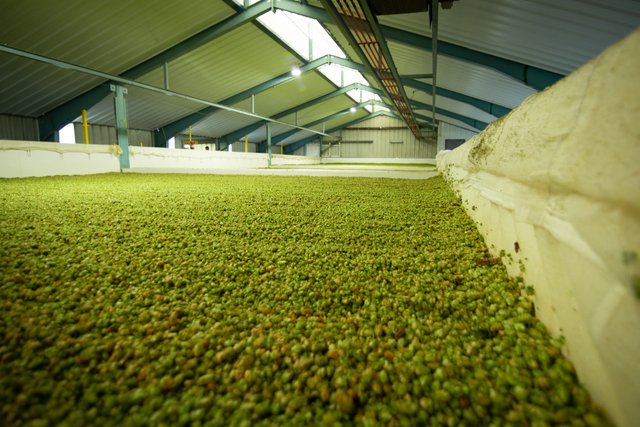
In a final note, Blake also mentions in his blog that Crosby is collaborating with the Hop Research Council on a kiln temperature study with the Amarillo variety, which sounds pretty interesting. “We kilned Amarillo at three different temperature setpoints (low, medium, high) to better understand the impact and relationships of kiln temperature on overall hop enzymatic activity and hop quality. We look forward to learning more as data is collected and analyzed this winter by the great team at OSU.” We’ll keep you updated.

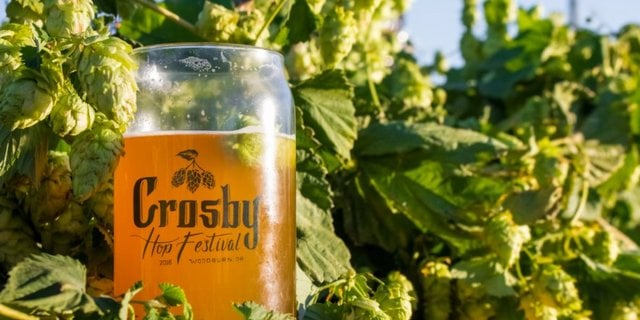
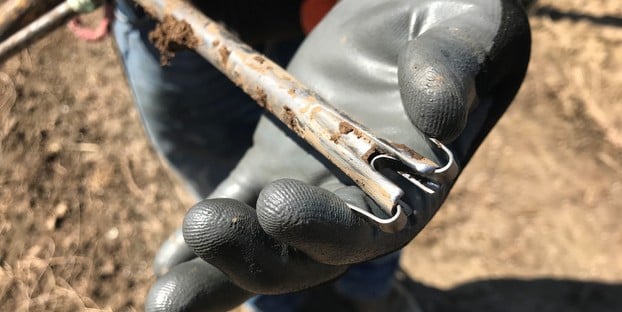
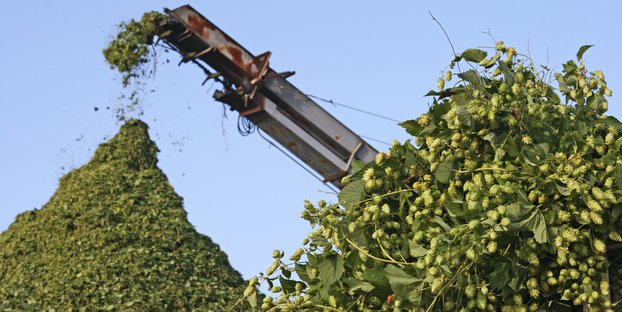
Leave a Reply
You must be logged in to post a comment.